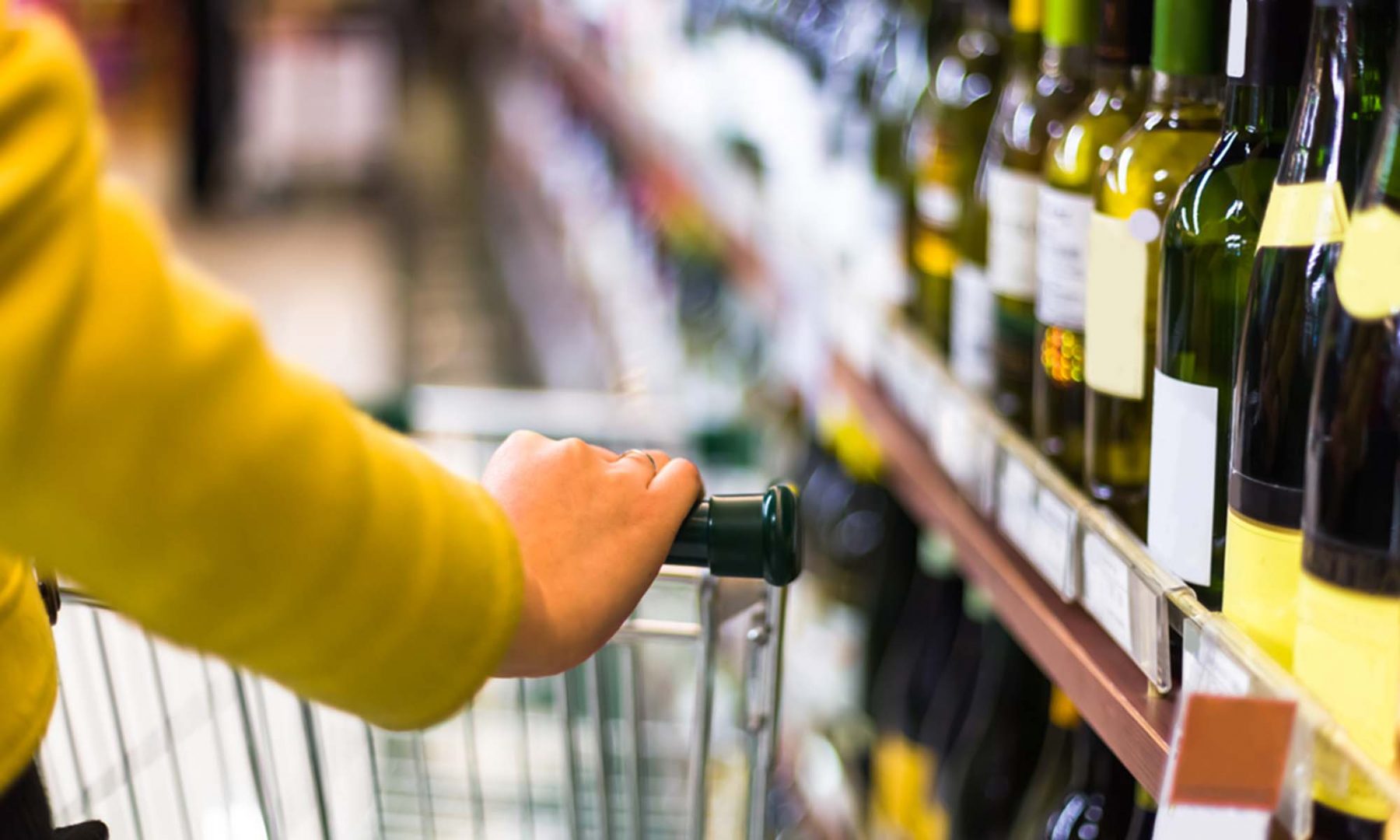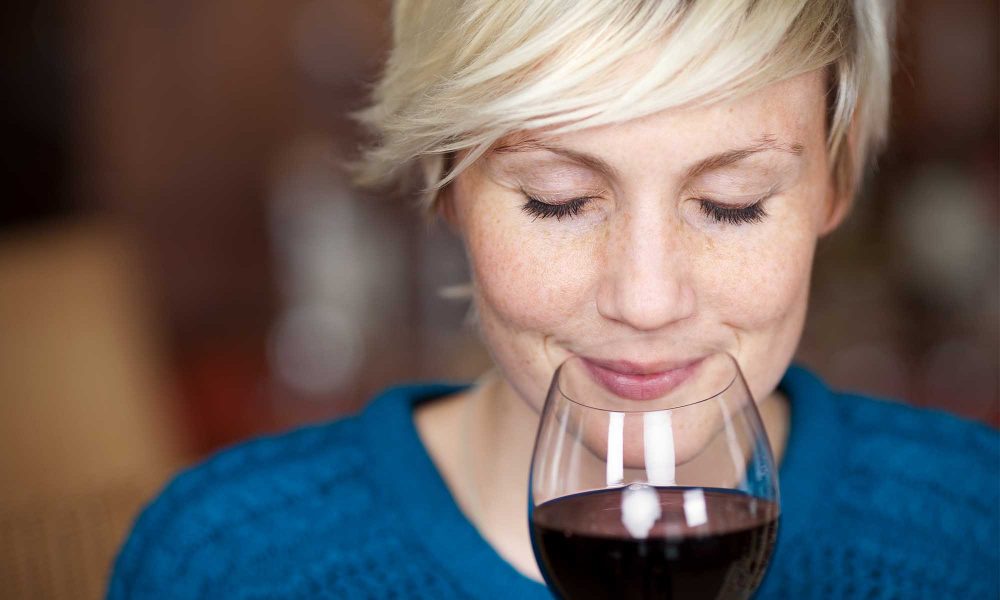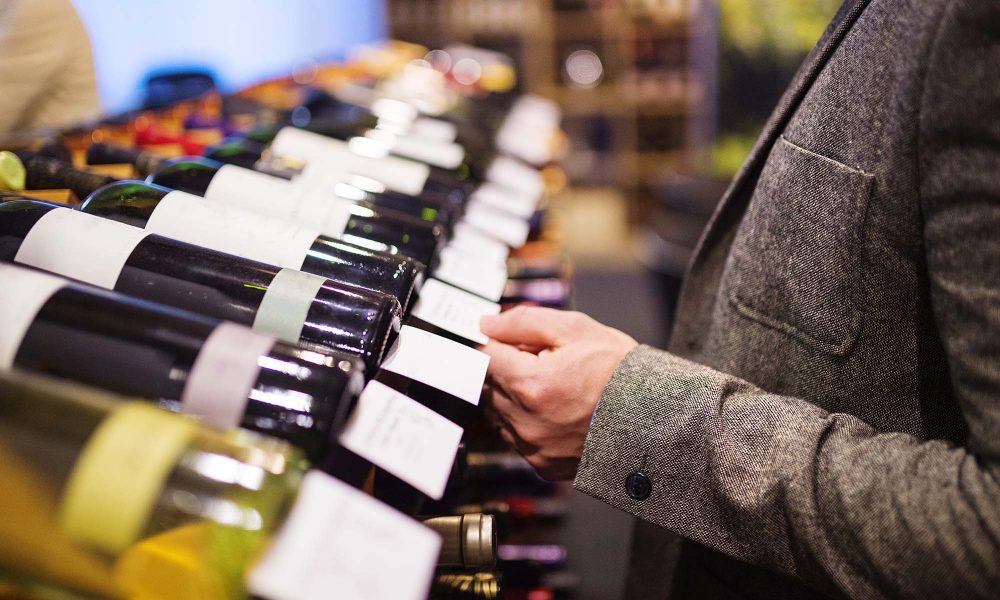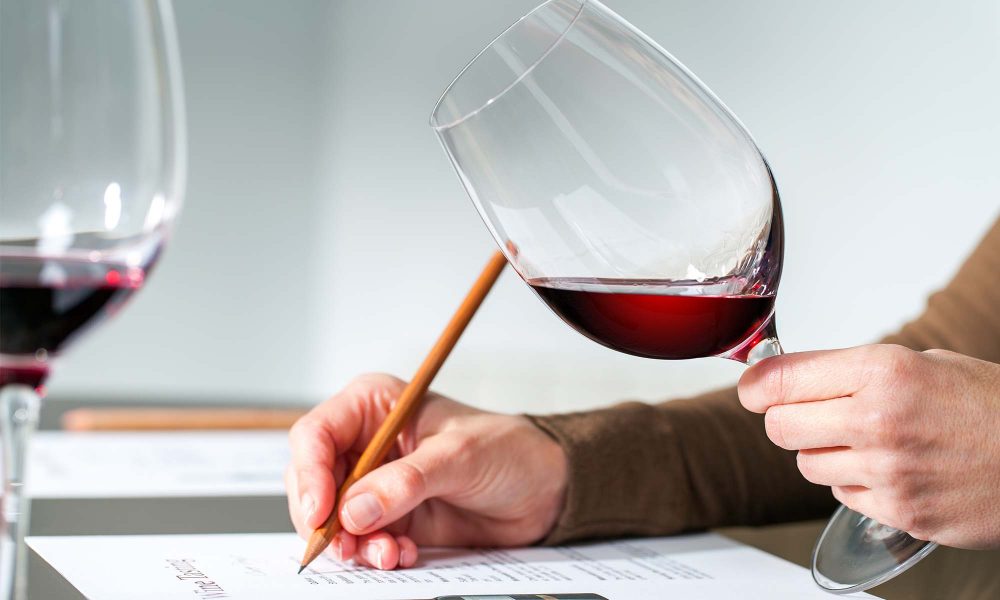Region
The area where grapes are grown has a big influence on a wine’s style, quality and flavour. Warm climate regions tend to produce white wines with riper fruit flavours (think peach, apricot, pineapple etc) and reds with notes of cooked black fruit like blackcurrants and blackberries. Cooler climate regions have white wines with citrus and green fruit flavours and reds with notes of fresh red and black berry fruits.
Grape variety
There are hundreds of grape varieties grown across the world but some clear favourites come up time and again, so it’s worth getting to know their flavour characteristics. For example, Sauvignon Blanc smells like freshly cut grass or gooseberries, while Riesling is more floral. Pinot Noir is known for its bright red fruit flavours, while Syrah (or Shiraz) has hints of blackberry and black pepper.
Producer or brand
It’s easy to spot well-known brands or famous châteaux and estates on the label – but more obscure producers may be harder to detect. If you’ve liked wines from a particular brand or producer before, that’s great! But names don’t tell you much about the actual taste of the wine – so don’t get too hung up on them.
Sweetness
Most wines are dry but, depending on your taste, sweeter wines are also available. This is sometimes flagged up on the label, often at the bottom. Dry wines are ‘sec’ or ‘brut’ (French), ‘secco’ (Italian), or ‘trocken’ (German). An off-dry or medium-sweet wine might say ‘demi-sec’ (French), ‘abboccato’ (Italian), or ‘halbtrocken’ (German).
Year
The year or ‘vintage’ indicates when the grapes were picked. Most wines are best drunk young and fresh, but a few prestigious wines are worthy of ageing to allow them to develop more complex flavours. For day-to-day drinking, your best bet is to pick a bottle from a recent year.
ABV
The level of ‘alcohol by volume’ in a wine is stated as a percentage on the label. For most wines, this will be somewhere between 11-14%. Light whites and sparkling wines are at the lower end. Bold, full-bodied reds are more potent.
If you’re still struggling to decipher wine labels with confidence, why not enrol on a WSET course? Visit wsetglobal.com to find out more.



